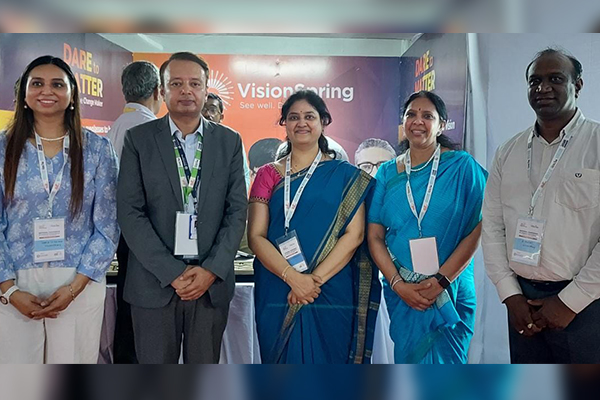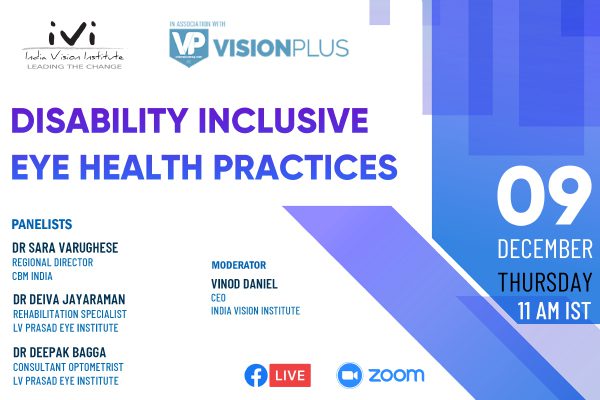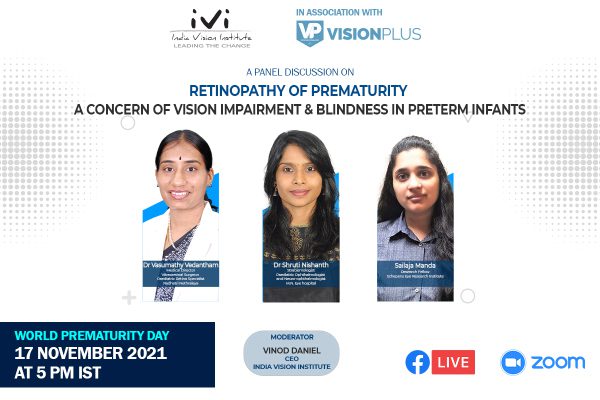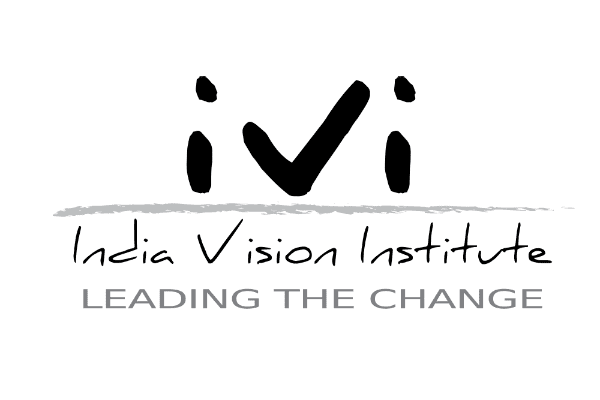- Myopia is commonly associated with Asian populations since the incidence rates are as high as 80 percent in that part of the world; however, it is becoming increasingly common in Western societies, such as in the United States.
- A recent study showed that during the past 30 years, myopia rates have increased 66 percent among Americans ages 12 to 54, now exceeding 40 percent of the population.
- Currently 1.6 billion people suffer from myopia and, globally, 2.5 billion people are projected to be affected within the next 10 years.
Myopia occurs due to the eye being somewhat longer than normal or the cornea having too much curvature, causing the light rays entering the eye to focus in front of the retina rather than on it.iv The condition can occur at almost any age, but most commonly begins in childhood and progresses throughout adolescence and even into the adult years.iii Myopia is a significant concern for its high incidence and in cases where the myopia is very extreme, it is associated with vision complications such as glaucoma and retinal detachment.v Obvious signs of nearsightedness include difficulty seeing television clearly from a standard distance, or squinting to see distant objects more clearly.
There is significant scientific debate on whether myopia is hereditary, or is caused by environmental factors. Most likely there are contributions from both. A great deal of research is underway to determine what causes, and how to prevent the progression of myopia.
Since children may not readily report their visual problems, eye exams are critical in the early diagnosis of myopia. As a corrective technique, lenses are prescribed to help focus light more precisely on the retina, where a clear image will be formed. Depending on the degree of myopia, glasses or contact lenses may need to be worn full time.
To help your child cope with myopia:
- Talk to your child about how widespread myopia is so that he or she understands that other children have the same visual condition.
- Never refer to your child’s sight as “bad;” instead, talk to your eye care professional about the best way to describe your child’s vision condition so that he or she will understand.
- Encourage your child to talk to you about changes in their vision. This will allow you to obtain corrective lenses or, if your child already has vision correction, make the necessary adjustments.
- Do not allow your child’s vision to prevent him or her from participating in physical activities. Many children benefit from the use of contact lenses if they are involved in sports or other active recreation.
- Make sure your child spends time playing outdoors. Research has shown a link between the amount of sports and outdoor activity and the development of myopia
In addition to its current portfolio of contact lenses for myopia correction, CIBA VISION® is actively working to discover new ways to correct and even control the progression of myopia. Through global partnerships with leading myopia researchers, we are committed to developing solutions for eye care professionals and individuals that help in the fight against myopia.











